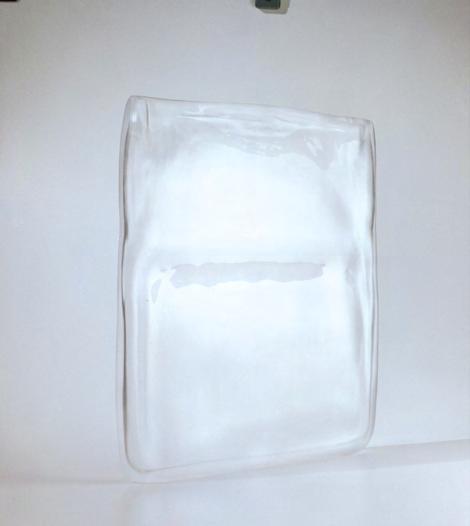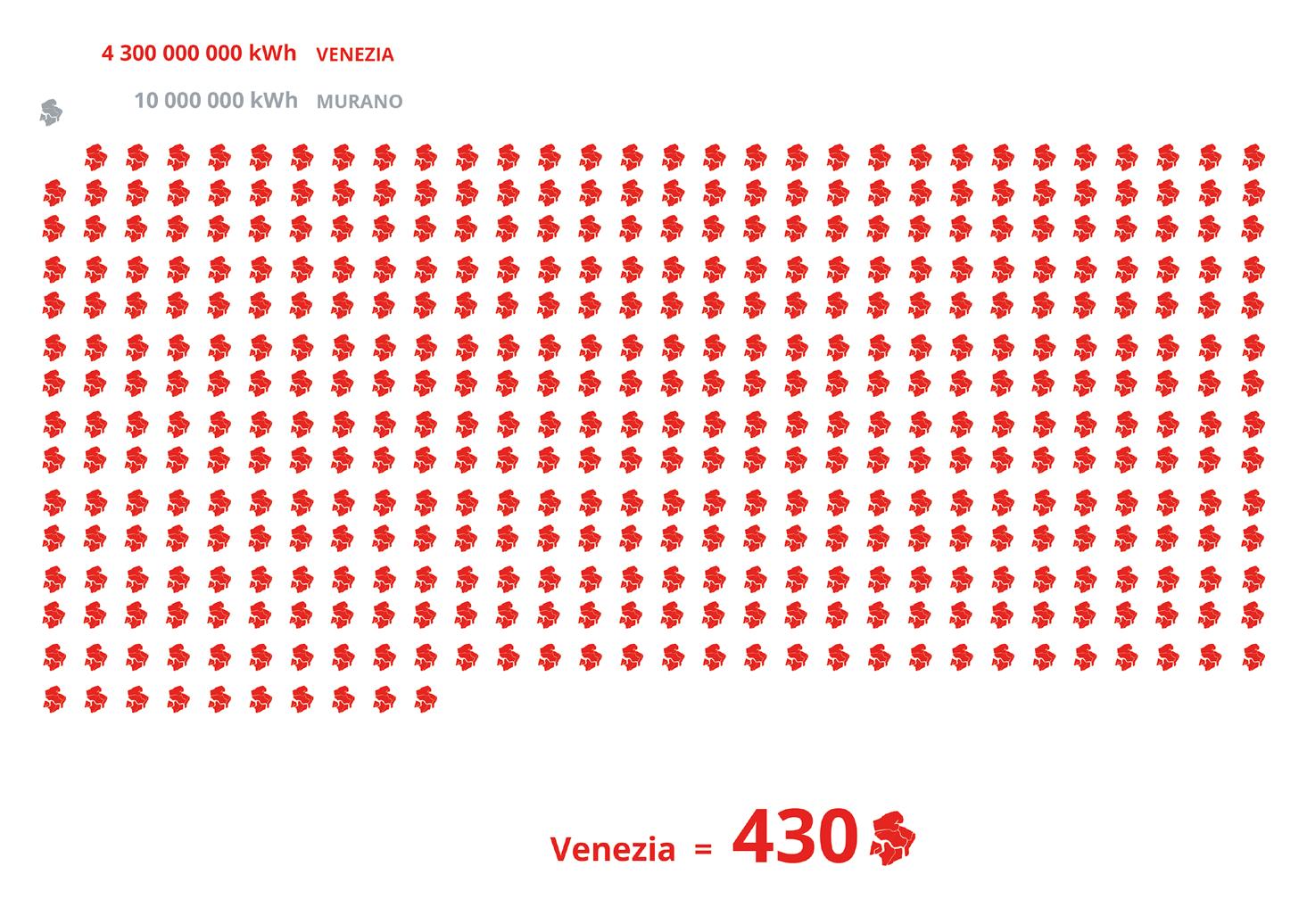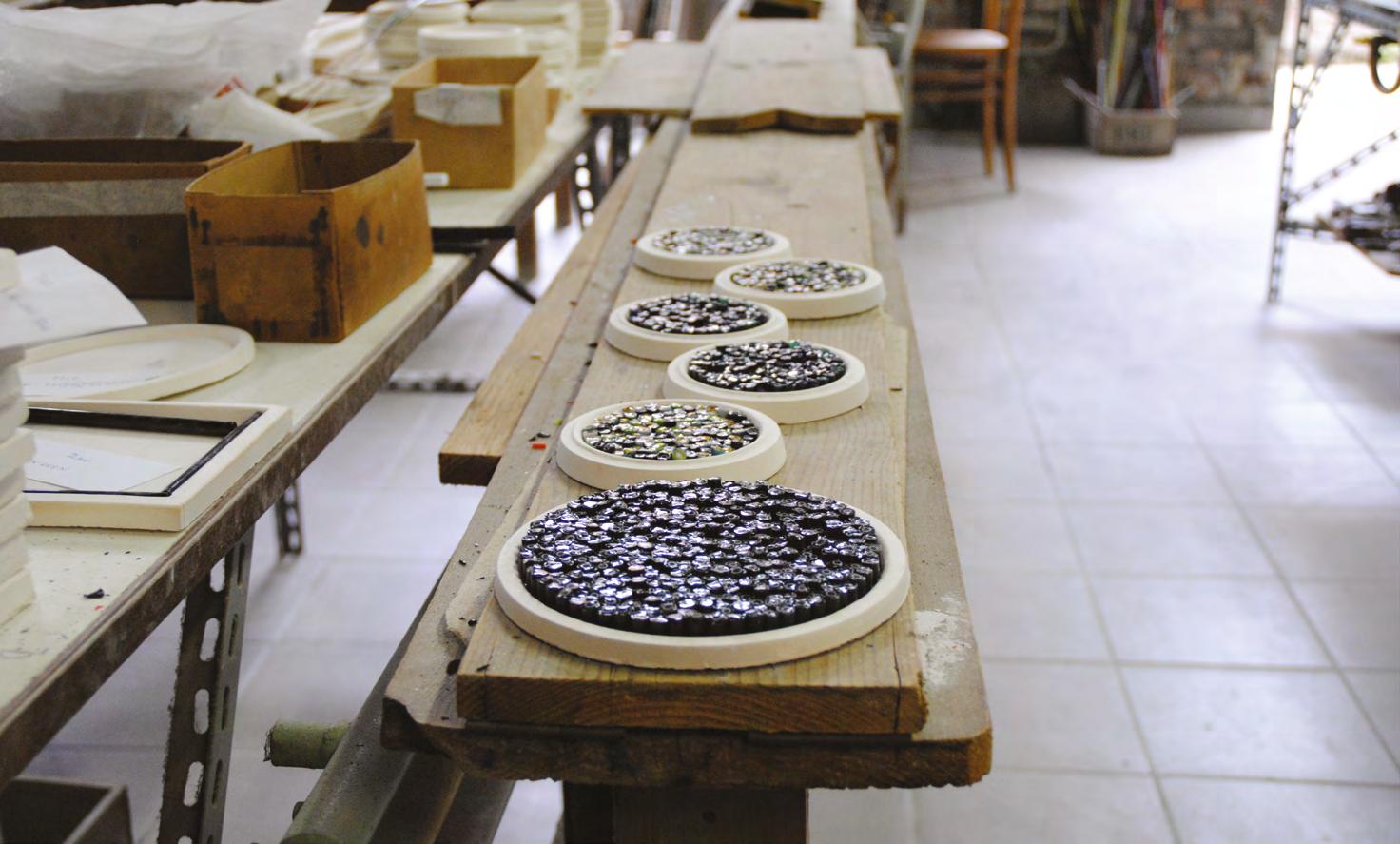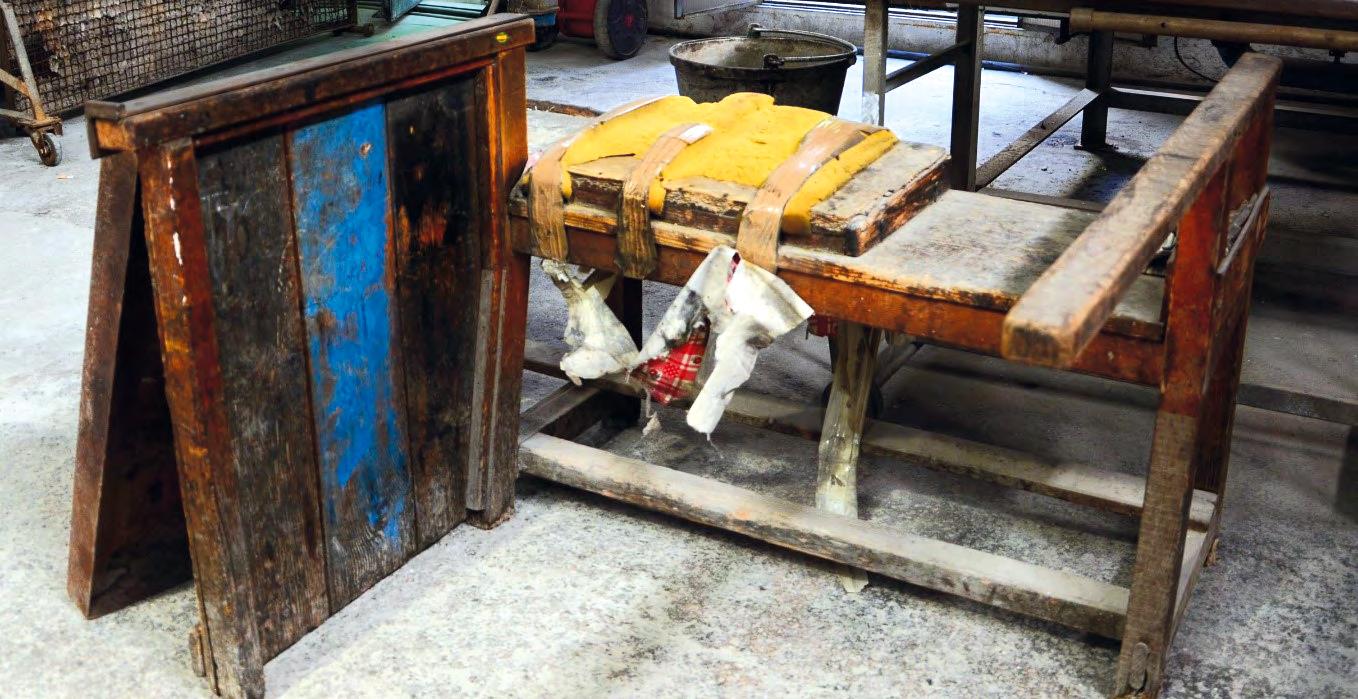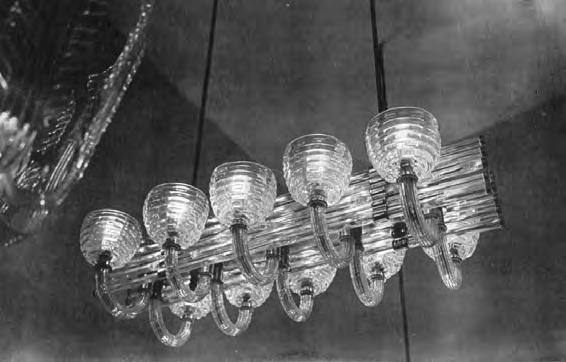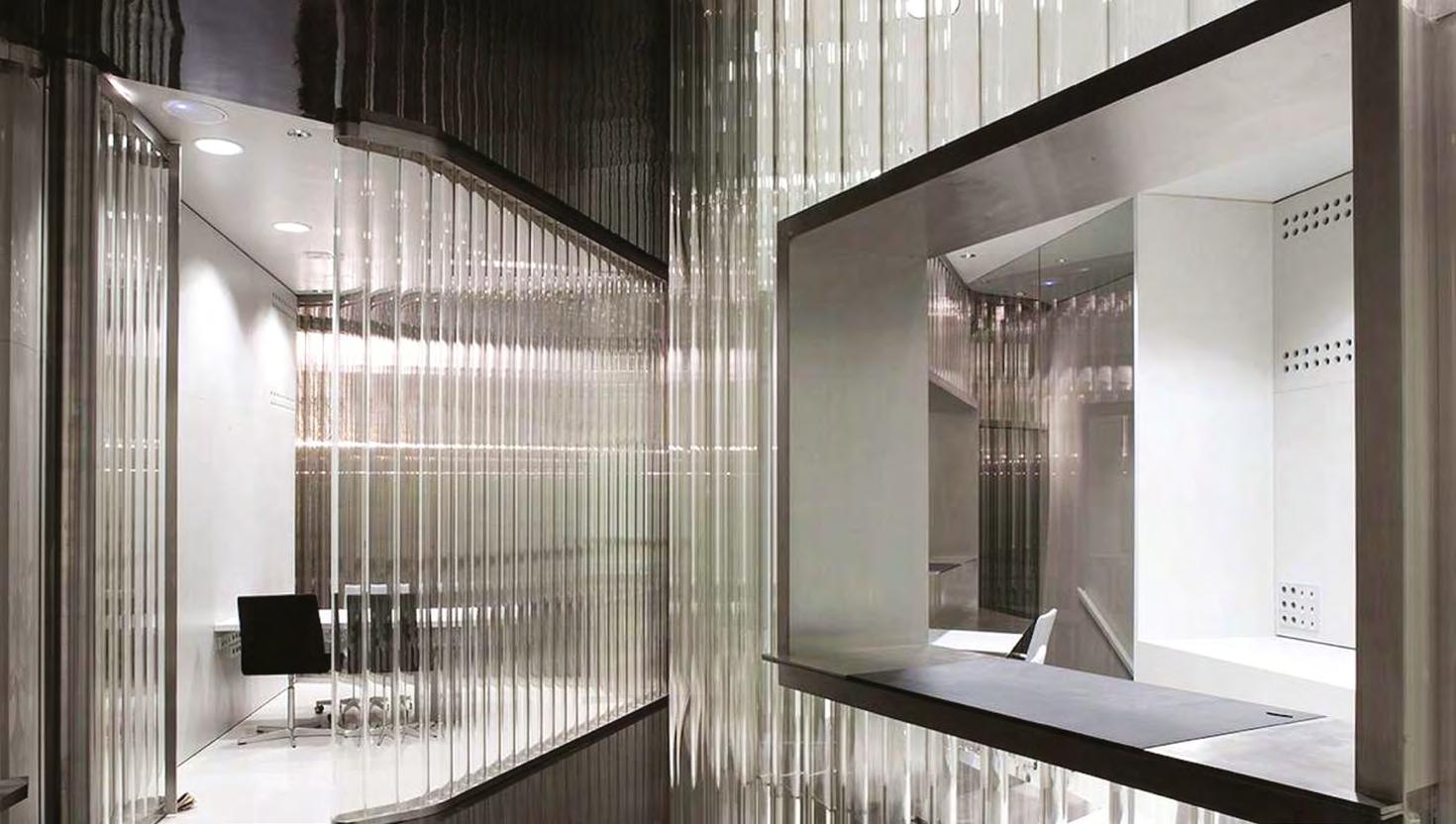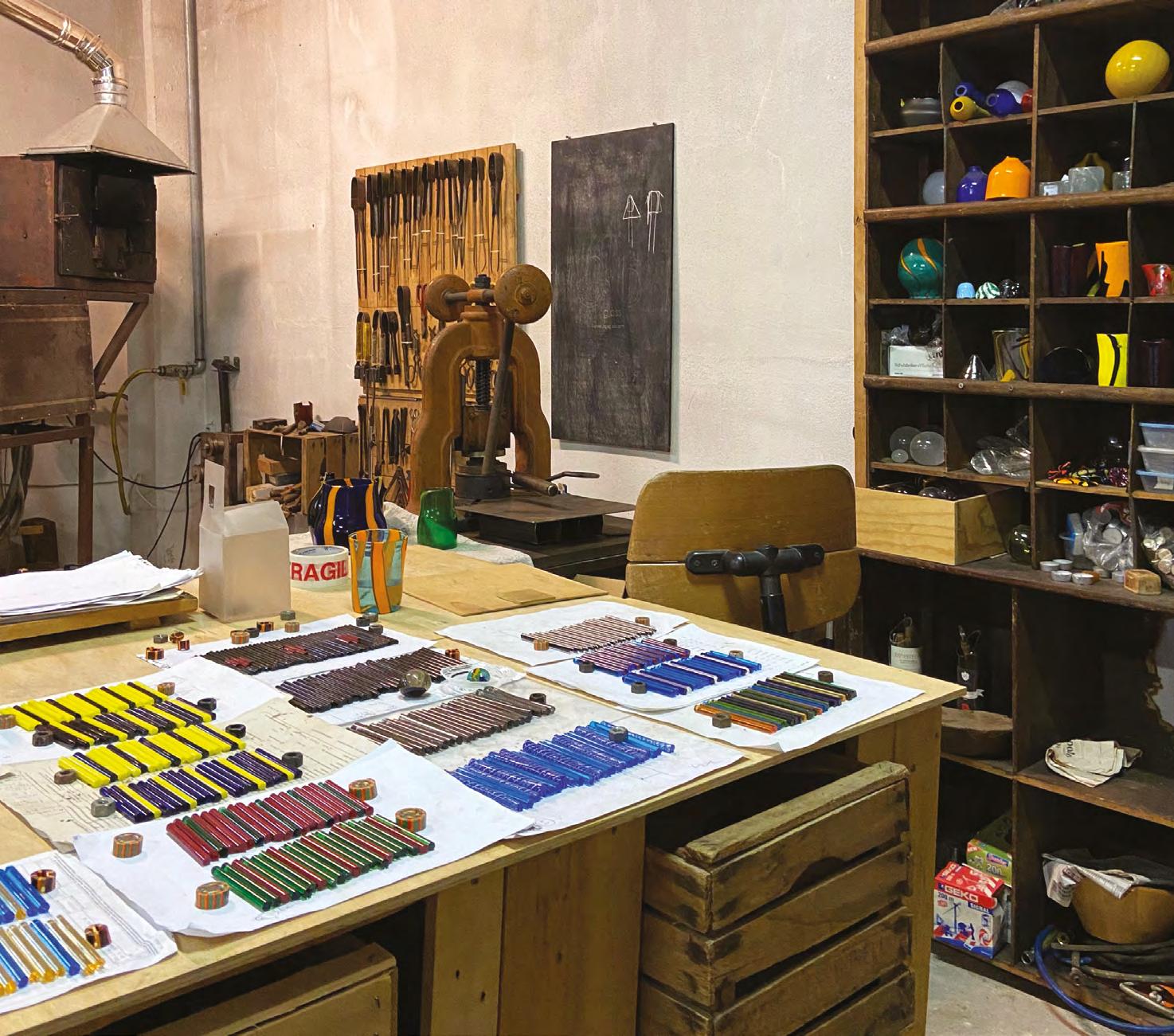
1 minute read
POSTER Ancient glass alteration and advancement in active conservation strategies
POSTER
Ancient glass alteration and advancement in active conservation strategies
GIULIA FRANCESCHINA, ROBERTA ZANINIA,B, STEFANO CENTENAROA,B
KEYWORDS: WASTE GLASS, RECYCLING, CEMENT
Glass finds application in multiple domains, from the technological field to the artistic one. The study of its durability is central to determinig its potential as a recyclabe and sustainable material capable of replacing several dangerous and polluting constituents such as plastics, particularly in the upcoming era of circular economy. Because of the thermodynamic properties of this material and its high variety of compositions, the evaluation of glass durability and alteration mechanisms remains a challenge. In this work we propose a complete strategy to approach the problem of glass corrosion and stabilization. Combining the results of the macroscopic characterization of archeological glass samples and artificially aged mock-ups, we define a novel silica-based formulation for the consolidation and protection of ancient glass.
POSTER ONLINE
A Center for Cultural Heritage Technology - IIT, via Torino, 155, Venezia Mestre, Italy. B Università Ca’ Foscari, Venezia, Italy.
Fig. 01 Three archeological glass samples affected by different types of glass degradation (bottom), list of atmospheric agents rappresented by icons: temperature, water, pollutions, time (top). Fig. 02 From the left to the right: protons are not strong enough to break Si-O-Si bonds, promoting the alkalys and alkaline earth ions leaching; hydroxide ions are strong enough to break Si-O-Si bonds; hydroxide ions cause the dissolution of the silica network.


